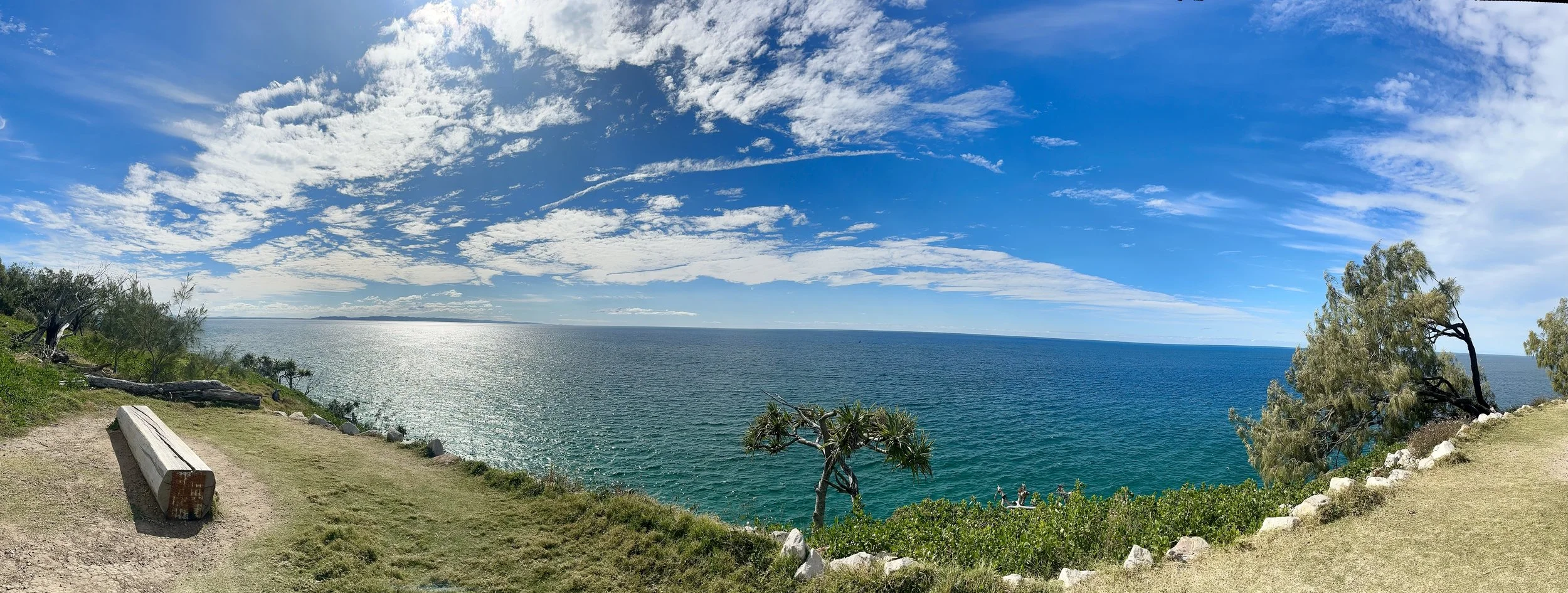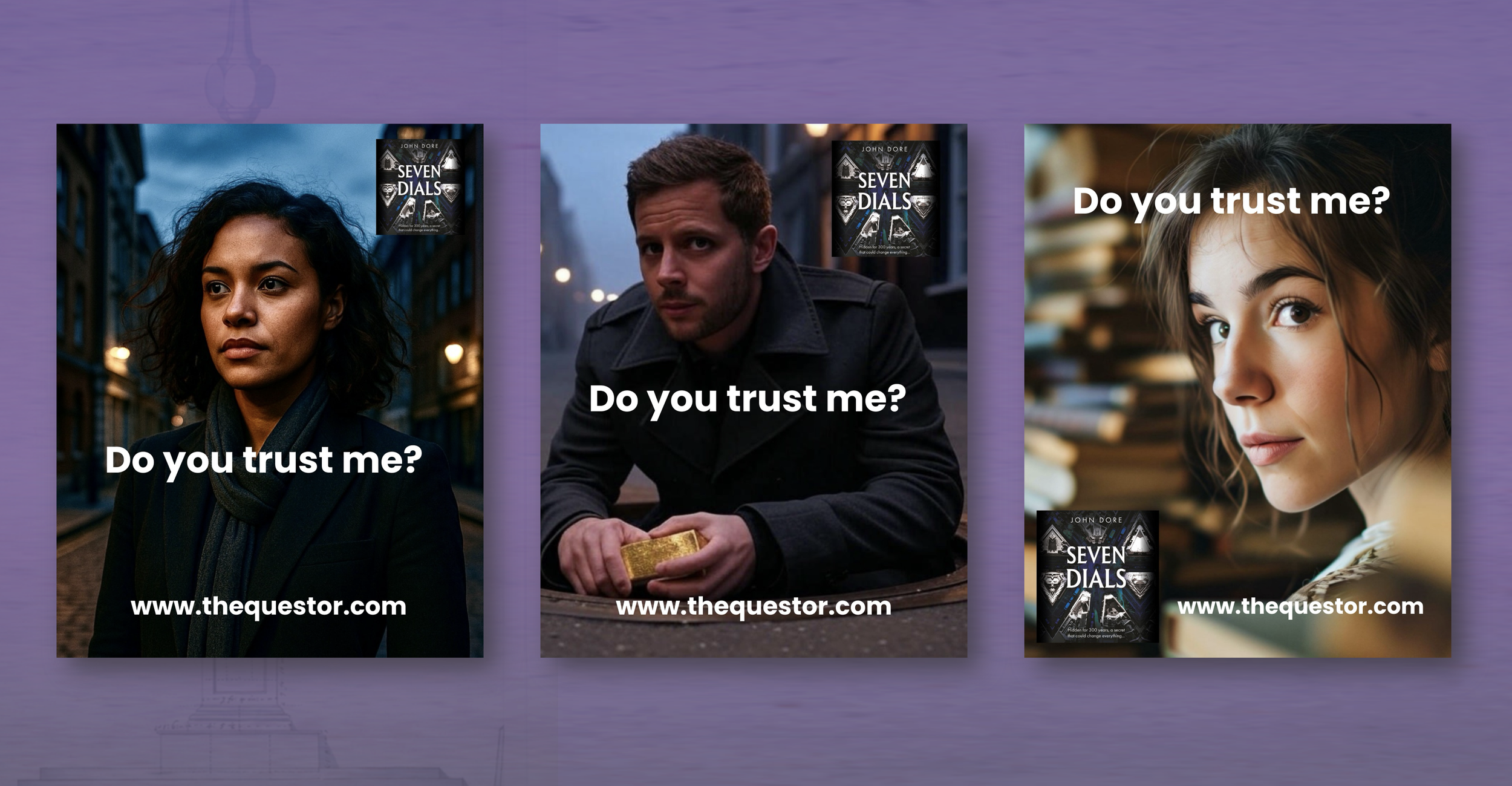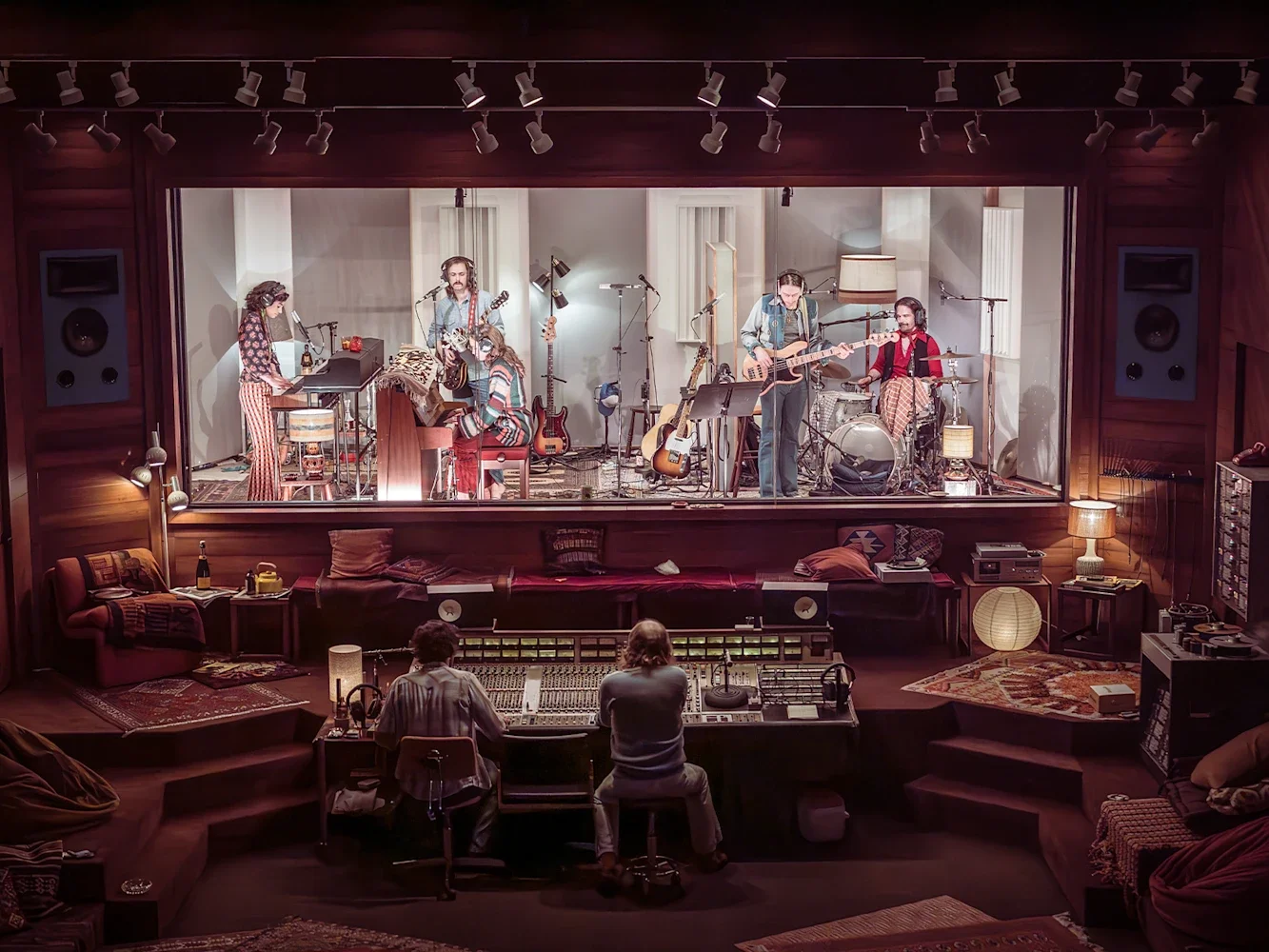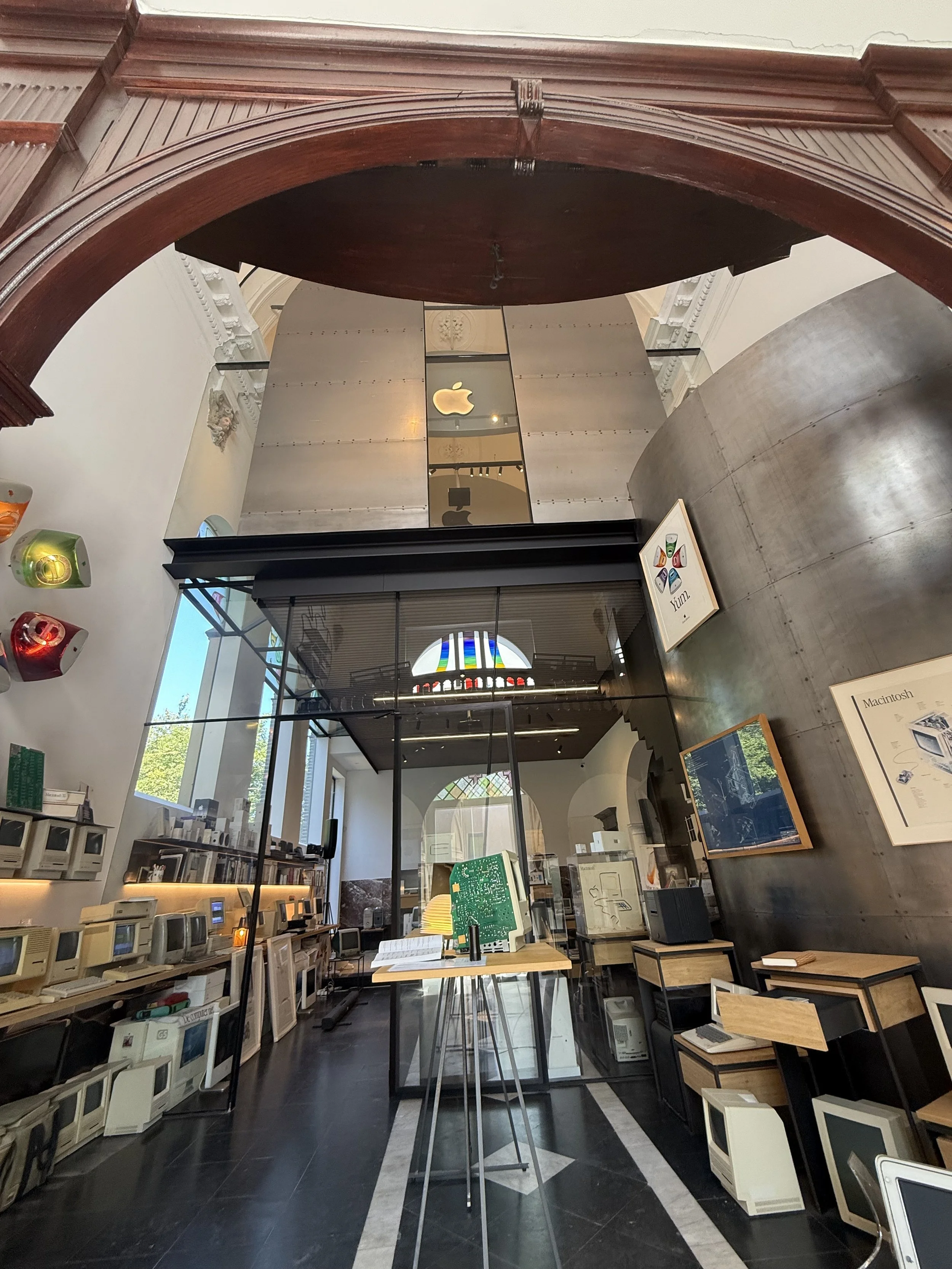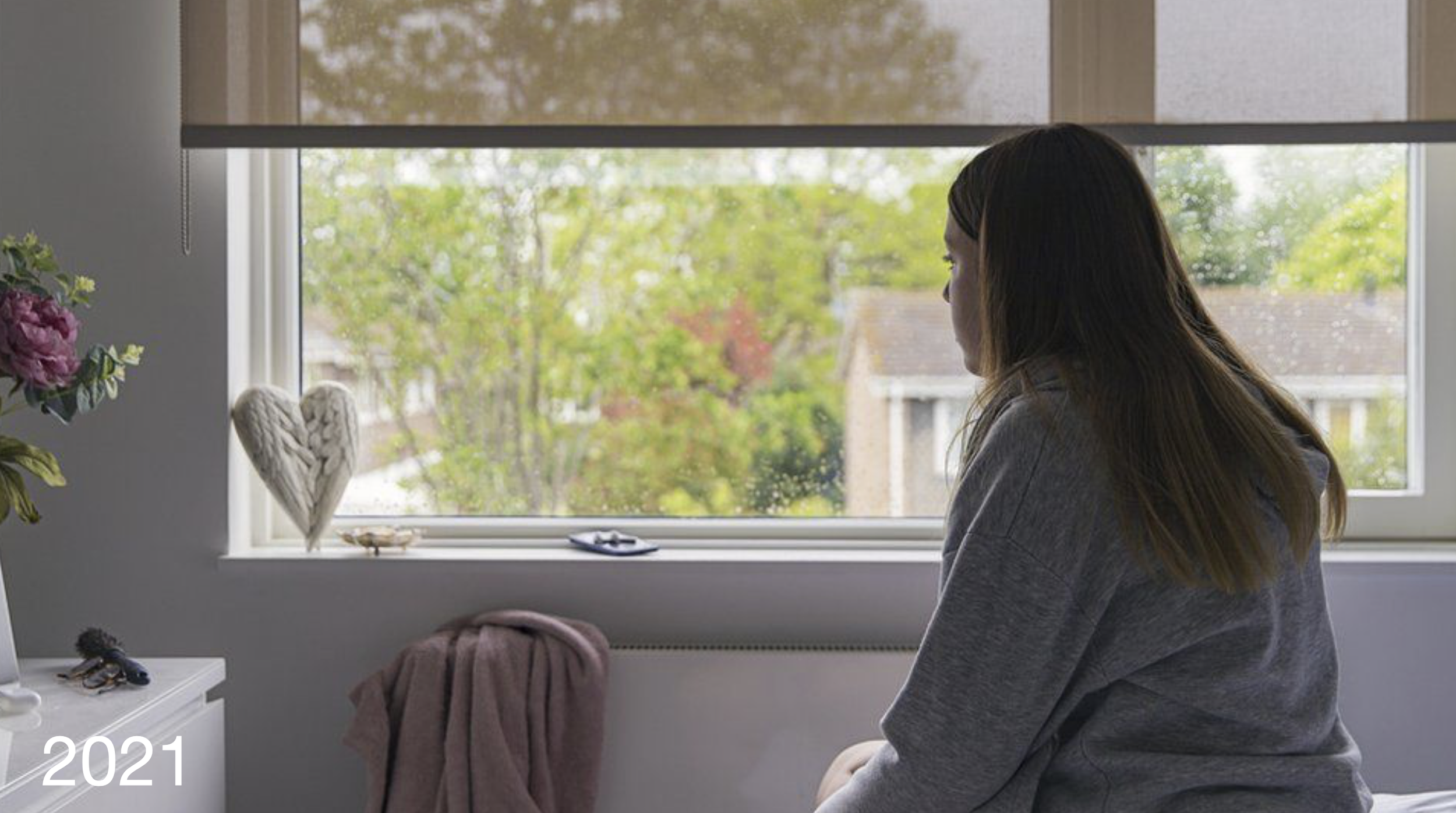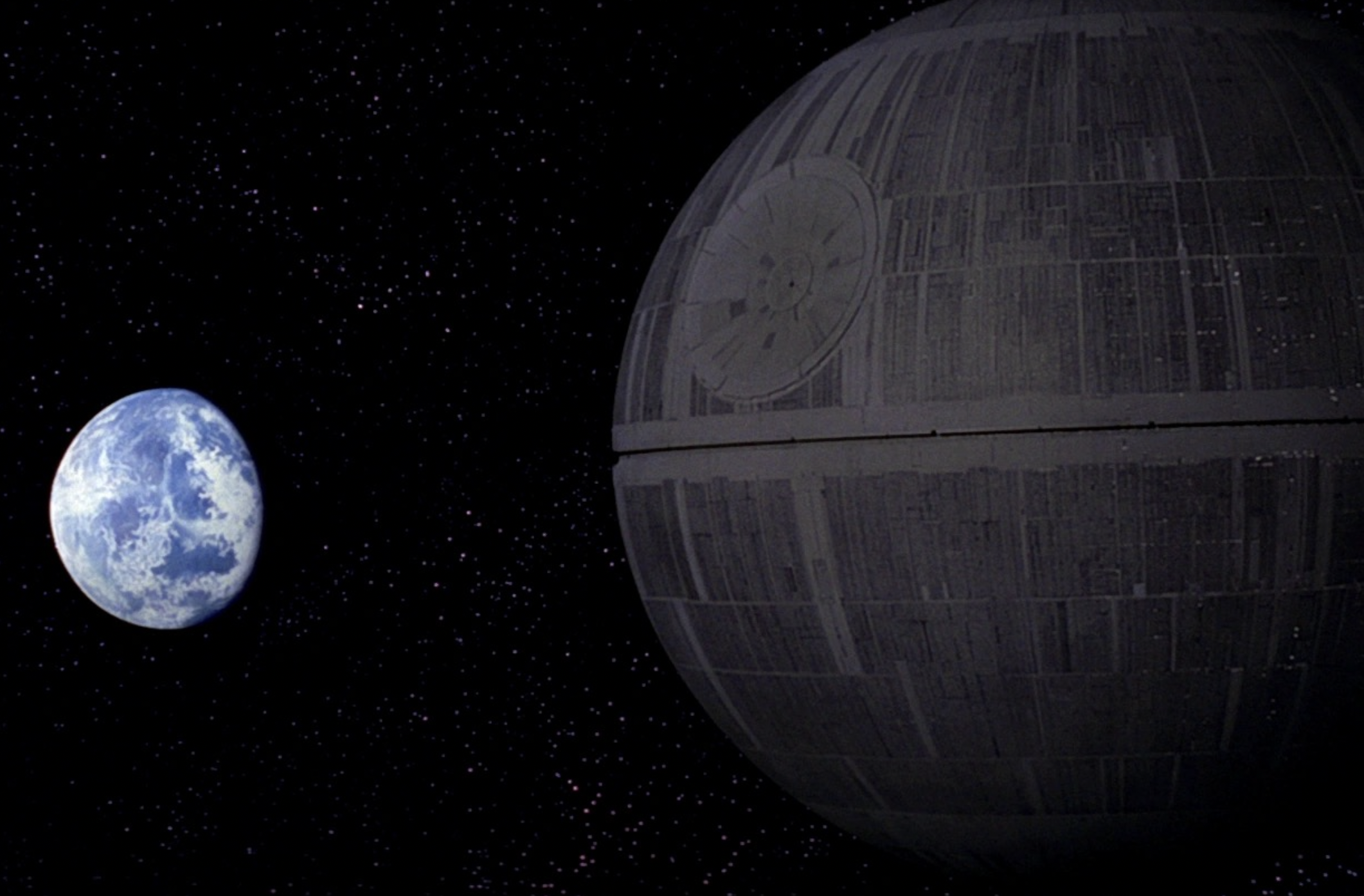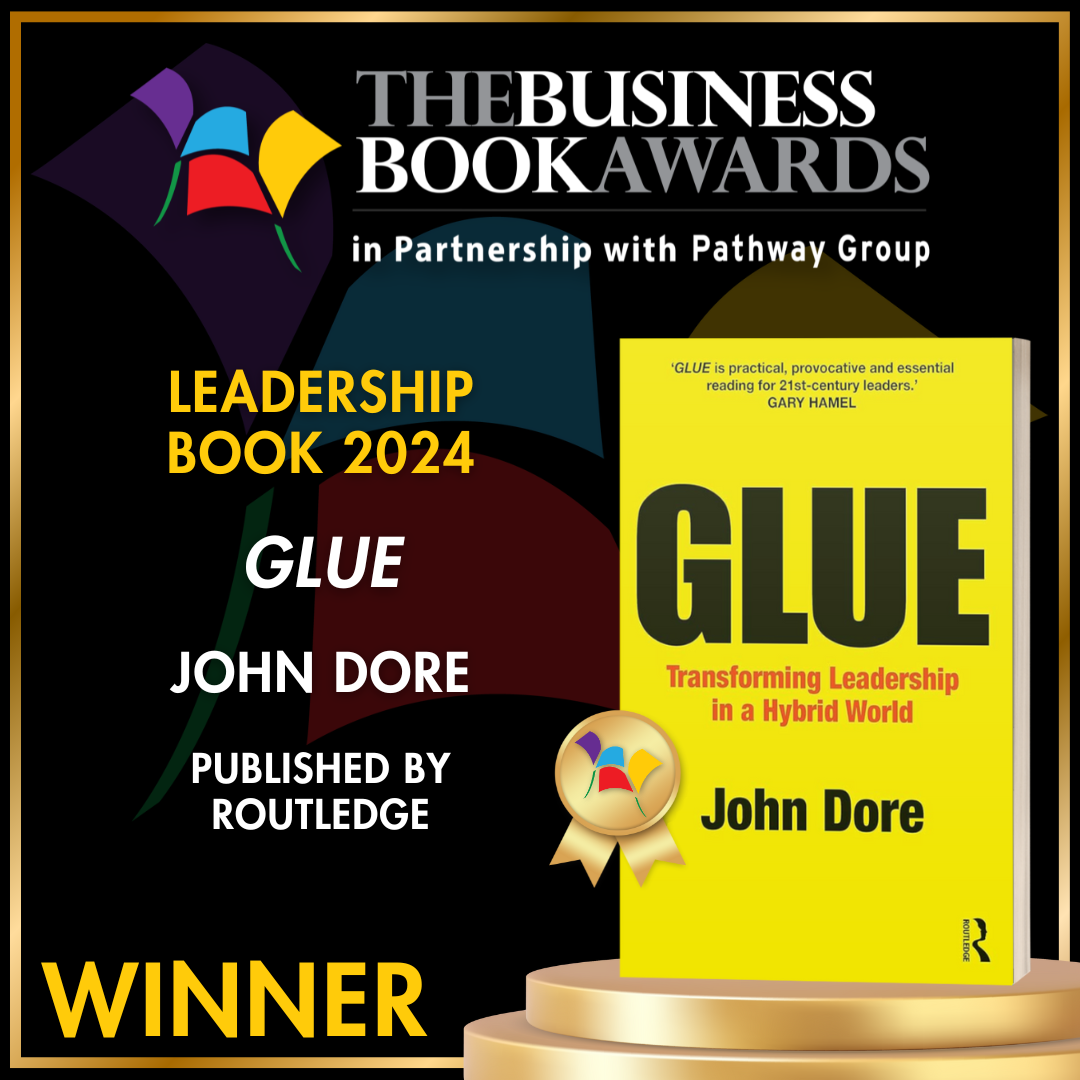Someone wise once told me that there are only two good ideas in the world at any one time, and that somebody else is already using yours. That reality of that struck me profoundly, at the end of 2017, when after five years of heroically failing to raise enough funding for an original screenplay project called Leicester Square, I sat back in a recliner seat in a cinema in the very same named square in London.
I watched, open-mouthed, a new movie called The Greatest Showman. I checked off the beats. An evocative period setting, a flawed but enigmatic hero, an entrepreneurial struggle, a romantic scene on a swing, a femme-fatal love interest, an amazing creative project, a devastating fire, and, at last, a chance of redemption. All beats ticked. Other than Showman’s use of original songs, it felt like watching a version of my original idea writ large on a screen. Of course, there is nothing uniquely original about the beats of either story, but only one of them got made, and The Greatest Showman grossed over $400 million dollars! The option for Leicester Square reverted back to me over a decade ago, and the screenplay still gathers dust on a shelf behind me as I write this. Why this self-indulgent tale, and what relevance for The OA newsletter? Because creativity really matters, but it does not need to be wholly original, for it to make an impact.
Creativity is not the preserve of the entertainment industry, being an essential ingredient of the enterprise, stimulating innovation and performance. Enormously successful organisations like Apple, Alibaba, Nvidia, Netflix, Amazon, and Tesla have found new ways to invent and reinvent. In a noisy world of social media, AI and ‘always on’ access to all information and ideas, then the need for leaders and their organisations to continue to be creative has never been more important, nor as difficult.
True originality is a myth
True originality and breakthrough creativity are extraordinarily rare. The most challenging human and technological venture of this decade will be to land a person on the moon and return her or him safely to earth. But the same fantastical goal was the focus of NASA’s endeavours over half a century ago. By any measure, it looks again an ambitious project, with a subtle modification. Artemis 2 is the first human lunar mission since Apollo 17 in 1972 and plans to send four astronauts “around the moon” no earlier than September 2025. Unoriginally, the new project is again named after a Greek god, this time Apollo’s twin, another divine archer.
Many creative projects are often generic adaptations of proven formulae and well-honed ideas of others from the past. For over seventy years the pop music charts have been populated by songs based around a “golden sequence” of chords of a major key, following the first, fifth, sixth and fourth in a scale. So, in C major this would be C, G, Amin, F or in G major it would be G, D, Emin, C. Knowing that formula is simple; being able to use that formula to create something memorable that packs a dancefloor, enlivens a playlist, or charts on a commercial radio station is another thing entirely.
The form and formula in business – from new motor vehicles to electronic devices, mobile phones, professional services and management consulting, seldom remains divergent, with distinctiveness rare and eventual coalescence around very similar form factors and propositions. In 2012, Steve Jobs expressed frustration at what he saw as copying by Android of Apple iPhone features and vowed to go "thermonuclear" in his attempts to stamp them out, but over a decade later, and millions spent on lawyers, the features and form factors are hardly distinct between the different brands.
Away from business, in the world of fine art, it was ever thus. Much art reinterprets, represents, pays homage, or is inspired as a reaction against some other art. Picasso famously described all great art as theft; arguing that ‘Good artists copy, great artists steal’. Complete originality is extremely rare and much that we see, enjoy and consume, is a clever rehash of existing or old ideas. [I am flattered that two new books have been recently announced, both about GLUE, but I am not precious to think they will have bothered to read mine]. What is made new is how these ideas are put together, mixed-up, adapted and re-tooled to be made to feel original and special. Jean-Luc Godard said, “It’s not where you take things from – it’s where you take things to.” In fact, as I write this, am I simply the writing magpie, collecting scraps of smarts from Picasso, Jarmusch, Jobs or some other sage?
The Music Producers
Not many business leaders would describe themselves as artists, but they will know the value of harnessing the creative talents of others. We sometimes talk about a leader as a facilitator, orchestrator, or another musical term “conductor”. A few years ago, I attended an event at The Union Club in London. The panellists were all successful music producers, including Trevor Horn (Yes, ABC, Seal, The Art of Noise), Flood (U2, Foals) and Paul Epworth (Adele, Coldplay). The theme of the seminar was “How do get the best out of an artist?” The conversation was fascinating; with different strategies explored for dealing with giant egos, conflicting personalities, changes consumer taste, complex decision-making, uncertain outcomes and productivity levels.
Three key learning points about creativity emerged, each as relevant to the business leader as the studio helmsman.
1. The workplace really matters
Much of the discussion was about the need to find the right place – the right environment, venue or location to unlock creativity. Even the right chair or sofa or light-fitting seemed to make a difference! The Producers emphasised the importance of physical environments that foster creativity, whether through changing surroundings or adopting new perspectives. These surroundings were seldom kept static for the whole recording process, shifting the scene, setting and context, as the project developed. This made me think of the modern office workspace – often the same place, anonymous, uniform, impersonal, bereft of much life when empty (in a hybrid working world) and increasingly unloved. We need workplaces that lift the spirits, not just denude the soul and we need talents to be brought together in those places, not just accessed from home.
2. The importance of creating space
As well as the importance of the physical environment, the Producers talked about providing psychological or emotional space – literally, ensuring enough room for ideas to emerge. Trevor Horn highlighted the significance of creating an atmosphere that encouraged musicians to innovate and experiment, while he provided the necessary technology and tools for the artists. But he also needed to find the right balance between providing direction and allowing autonomy. If you are intrigued, Horn’s book “Adventures in Modern Recording” is full of stories that suggest that Horn actually employed more control than his talk of autonomy suggests, but I guess we should judge his approach by the outcomes created, and they were very often quite brilliant.
3. Producers must practice creativity too
In search of more riches, I spent a few days this month slowly exploring Rick Rubin’s new book The Creative Act: A Way of Being. Rubin is an American record producer who was worked with Red Hot Chili Peppers, Johnny Cash, Jay-Z, Tom Petty, Weezer, Lana Del Rey, Adele, Kanye and Angus & Julia Stone, to mention but a few. His book is a beautiful piece of physical art itself and, inside, a thoughtful exploration of creativity, arguing that creativity is an inherent human trait accessible to everyone.
His book is structured around 78 philosophical musings that delve into the nature of creativity, the role of intuition, and the importance of embracing failure and uncertainty. He asserts that "living life as an artist is a practice. You are either engaging in the practice or you’re not".
Rubin's own career showcases the power of that creative practice. His ability to blend different genres and his willingness to experiment have led to the creation of numerous hit records across a myriad of musical styles. His approach underscores the importance of thinking outside the box and embracing new ideas, not just churning out the same output year after year. For Rubin, this is not just about leadership, creativity is much more:
“It's a fundamental aspect of being human. It’s our birthright. And it’s for all of us”.
Which left me thinking, if creativity is a fundamental birthright, how do we avoid leaving our creative selves at home, and how do we make it more visible in our working lives, our organisations and our teams?
Perhaps time to put on a different record? I am sure Rick would approve.

